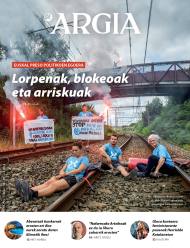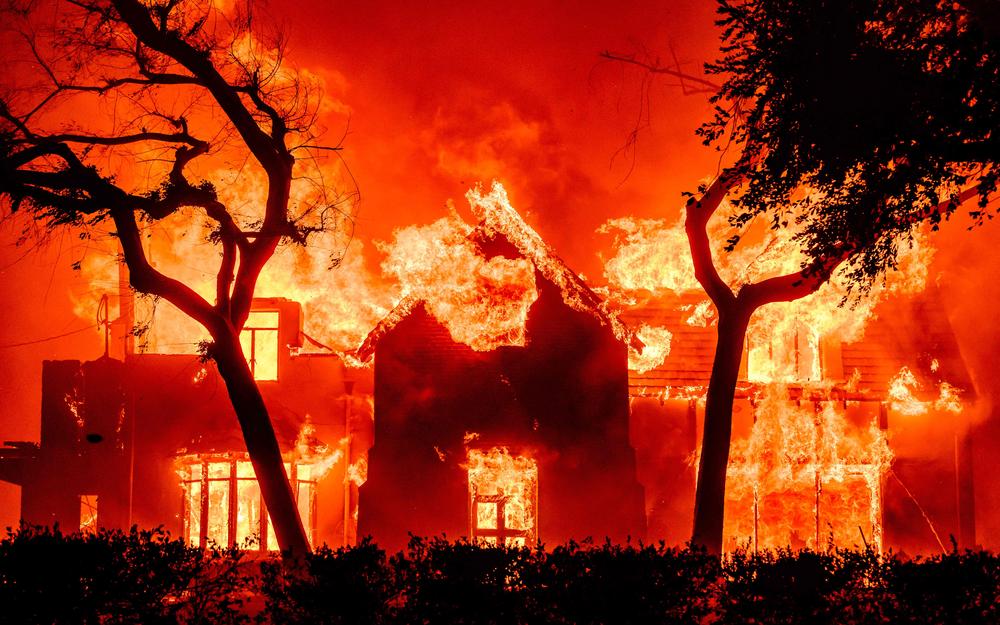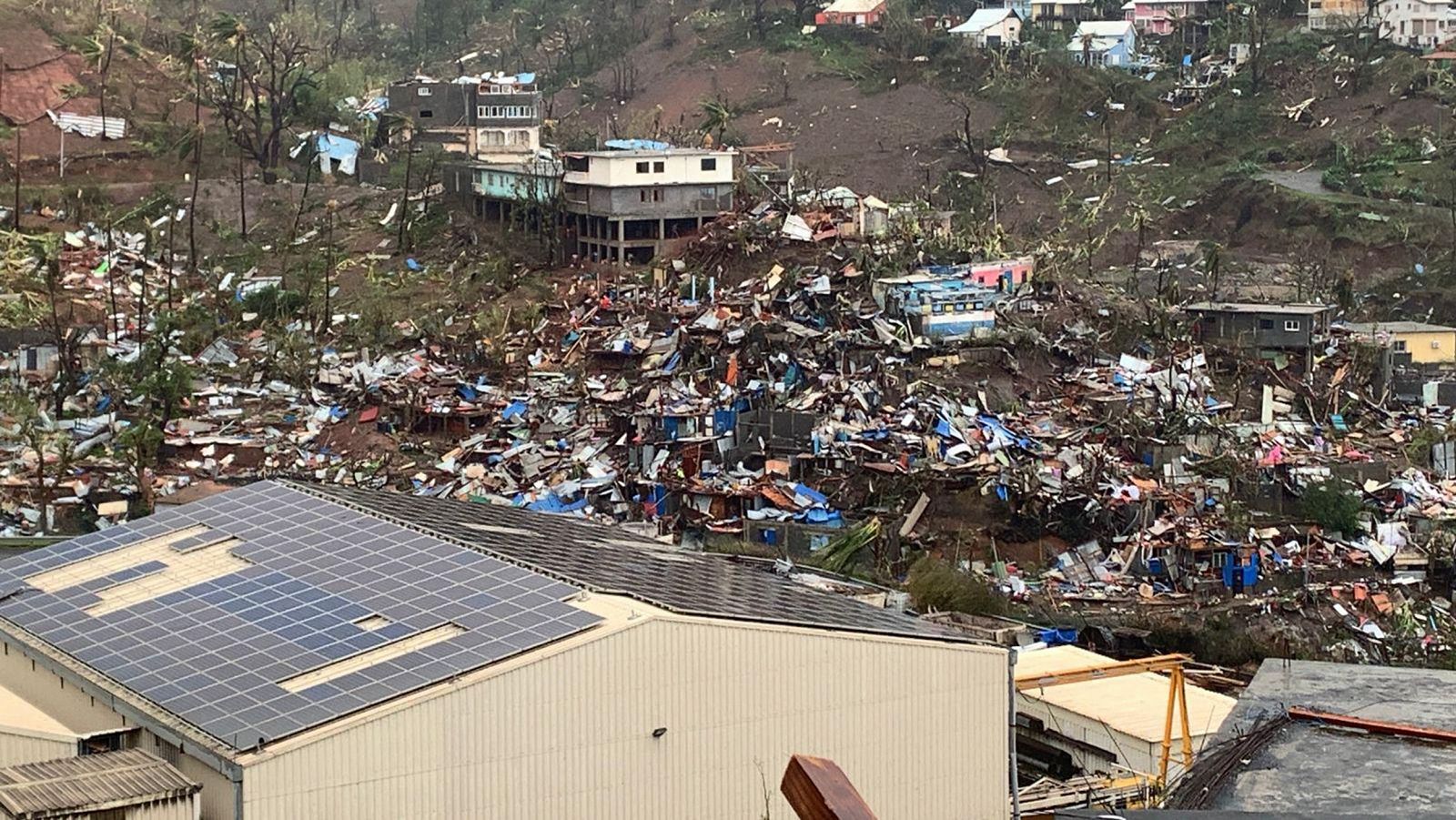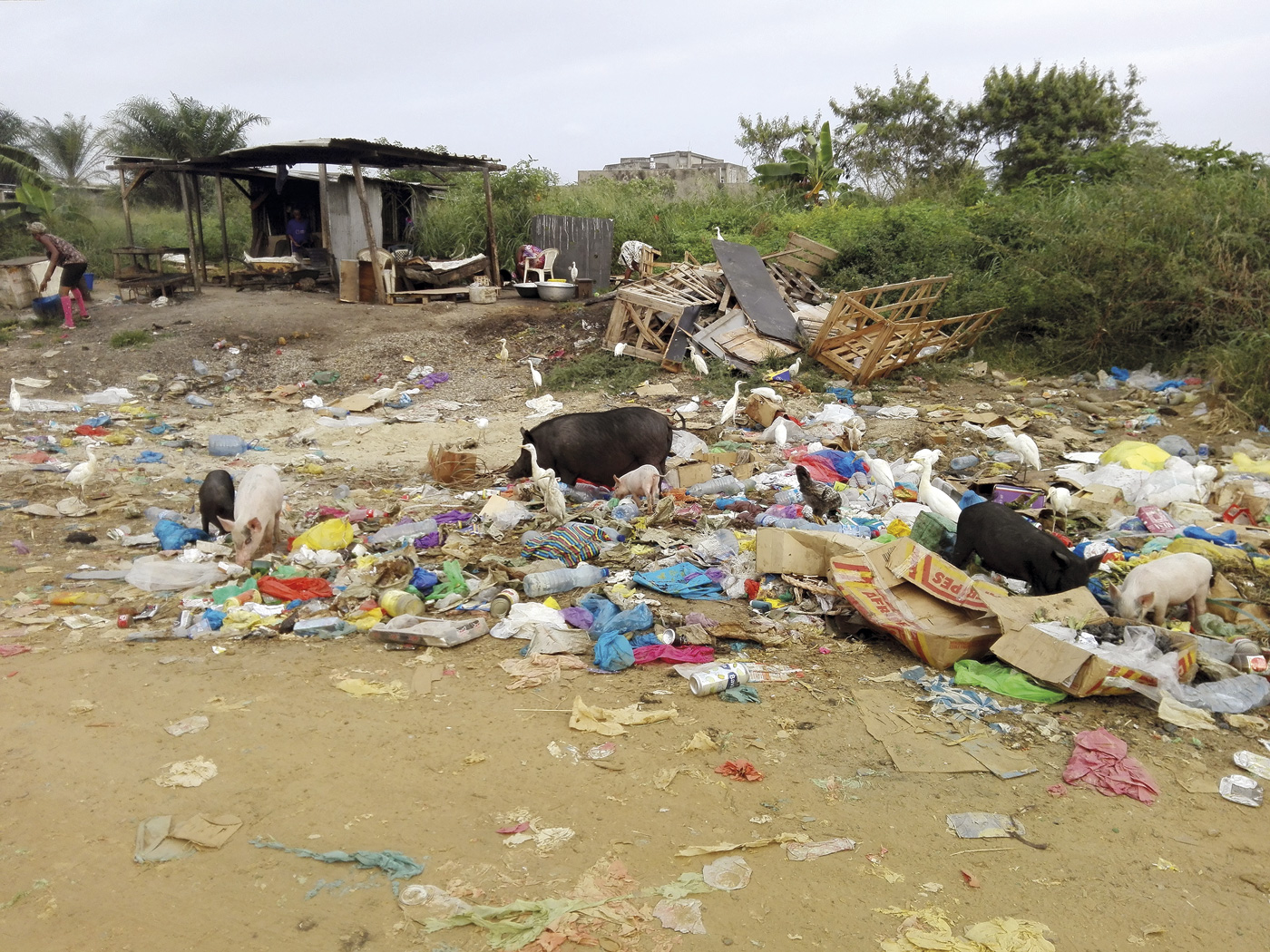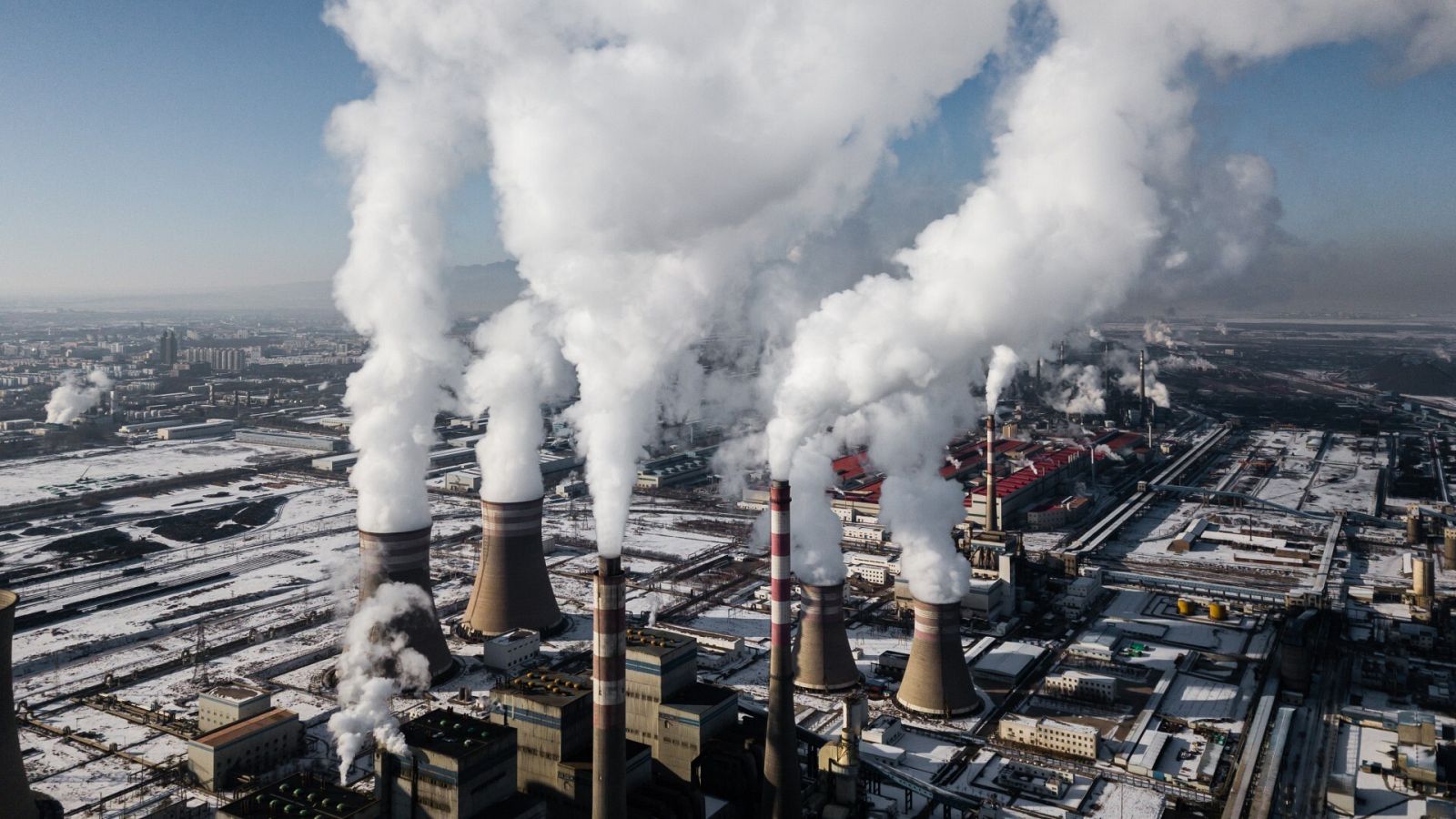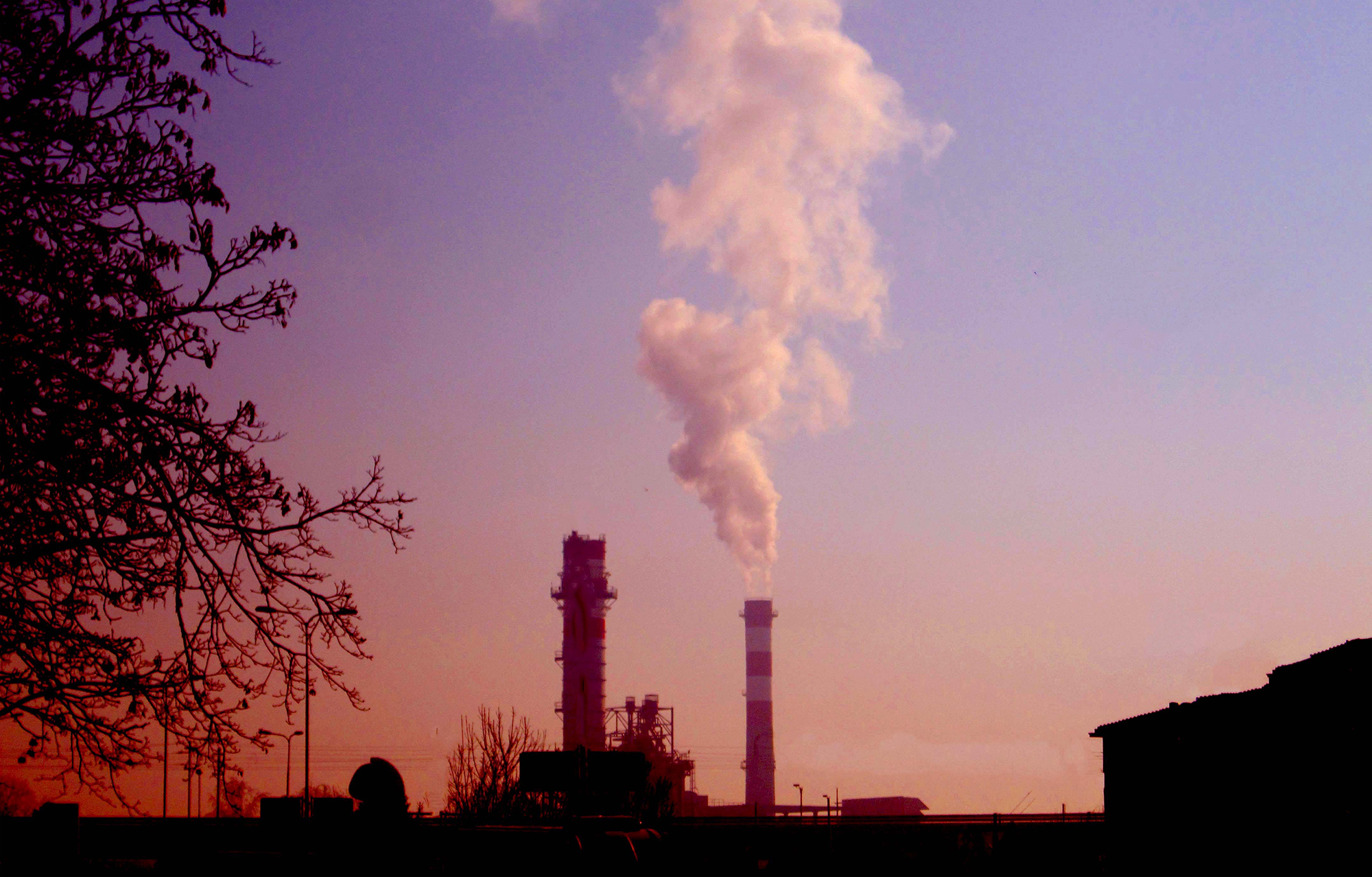The luxurious shelters of the rich to face the global crisis: a significant symptom of the problem
- The consequences of climate change and the decline in material resources are counterbalanced – this year with an acceleration – by the associated war, the reception of exiles, the economic slowdown and the rise of the far right, among others. When the confusion is worse than the increase, the researcher Adam Tooze calls the multiple crisis, polycrisis. In this panorama returns the issue of collapse, which is taken seriously by the richest. Instead, their response is an indicator of multiple crises.
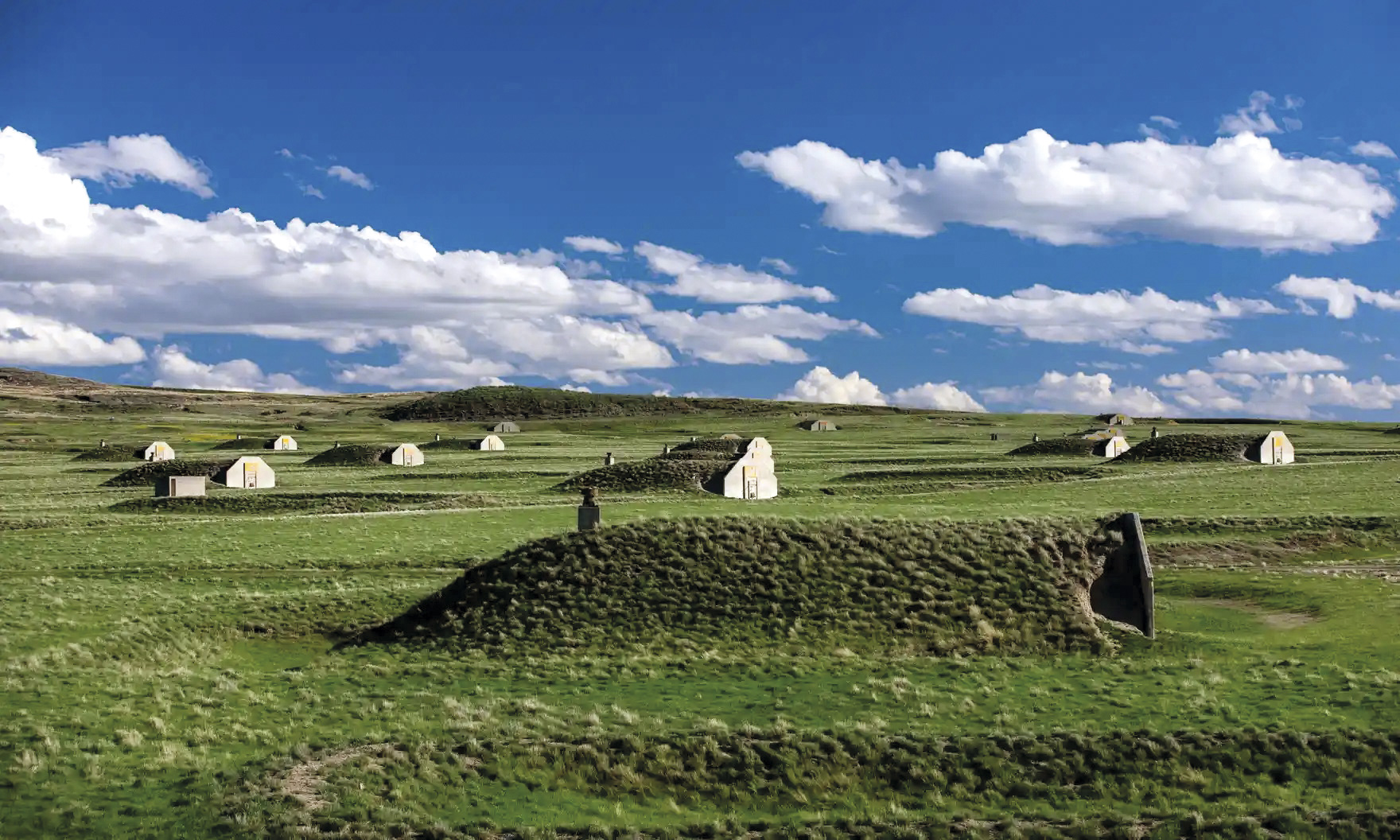
It is increasingly being built in remote and discrete locations: New Zealand, Alaska, Rocky Mountains of North America, Tasmania... Among the richest, a new fashion has been opened: luxury, “bunkerized”, ultra-protected homes, with the aim of combating the global collapse, to survive in the restricted homes of the world. Survival of the Richard, recently published in September: Escape Fantasies of the Tech Billionaires, explains Douglas Rushkoff, the new obsession of the richest in the United States: The event or Event. This is called the global collapse that they believe will occur, that is, economic, social, climate and, consequently, demographic. They are investing their money to defend themselves against that “event.”
Closer to us, and to a lesser extent, that Tasmania is not required, but that it starts with the same intent, gated communities spread. The rich also live in isolation from others, not only socially and geographically, but also physically enclosed, installing cameras to guarantee their security and hiring private guards. It is unknown whether they suffer from a nightmare about “success”, but they want to avoid the potential trends of the poor driven by precariousness.
Being most privately owned, it's hard to know how many they are and where. In New Zealand, in the first 10 months of 2016, foreigners, mainly Americans and Australians, bought over 360,000 hectares of land, four times more than the previous year. Since then the trend has continued to grow. Famous owners include Peter Thiel, creator of PayPal, filmmaker James Cameron or investor hedge fund Julian Robertson.
Models can give a disfigured picture of reality if the variability of one or more relevant parameters of them is not well taken into account
The phenomenon has awakened a new business in the United States, for example, following the 2020 numbers, Texas based company Rising S Co. has installed ten private bunker in New Zealand. The basic hostel has a capacity for 22 people and its price is 3 million dollars, but can rise to 8 million if you want to add luxury bathrooms, gambling halls, sports halls, theatre or surgical beds. Also in the United States, Survival Condo (Kansas) or Vivo (South Dakota) have reorganized old missile warehouses, organizing underground accommodations of fourteen floors, united by security and luxury elements. In addition to the dwellings, there are aquapoonic gardens, a food store, swimming pool, theatre, library or sports hall, as well as three year food stores.
Guilty of overpopulation?
The risk of collapse is in most cases associated with resource reduction and overcoming the tipping points. But at its base, overpopulation is often the main cause. It is true that since the beginning of the nineteenth century the rise of the world ' s human population has no parallel in all of human history, neither in size nor in speed. It cannot be ignored that this increase and the coinciding urbanization and industrialization leave a profound imprint on the biosphere. But is the population to blame?
In the 1970s, the famous Limits to Growth report was published, promoted by the Club of Rome, which was then taken as a reference by many groups in favour of slowdown. Its modelling also envisaged that if resource exploitation and population growth trends did not change, industrial production and population in the twenty-first century would suffer a drastic and uncontrollable decline.
However, the models can give a disfigured picture of reality if the variability of one or more important parameters of them is not well taken into account. One of them is the level of consumption per person. In particular, services per person, industrial production per person or food per person in these modelling are used as average value. The medium means in a normal distribution (which is statistically referred to as "Gaussian"), for example, with a majority with average richness in the center and that at the edges was symmetrically a few millionaires and a few poor. Conversely, the distribution of the level of consumption is very asymmetrical: According to Stephen Pacala, director of the environmental organization at Princeton University, in 2015 the world's 500 million richest people took care of half the GHG emissions (Naomi Klein, Everything can change "Everything can change" 2015). In its report this year, the World Inequality Lab has shown that in order to achieve the French State’s GHG emission reduction target by 2030, the richest 10% should reduce their emissions by 61%, while only the poorest 50% should reduce their emissions by 3%. Through these numbers it is noted with enthusiasm that behind "services by people" there are very asymmetrical realities. The same applies to the enjoyment of industrial production or pollution.
Collapse imaginary and models of human relationships
A concept such as “the fact” explains a unique imaginary of collapse: a sudden phenomenon that would transform the world more deeply than ever, leaving billions of people dead in a very short time (hunger, conflict or disease) and that those who would survive could start a new civilization. The geographer Renaud Duterme analyzes this imaginary De quoi l’effondrement est-il le nom? (“Collapse, what will the name be?”) in his 2016 book. It clearly separates the imaginaries of fictional collapses that have roots in religion or in ancient myths, behind the appearance of the concrete concerns of the global middle class of the West; the social and spatial cracks that are spreading on the other, driving dynamics of severe impoverishment for the losers of these cracks, whose living conditions are already “collapsed”, due to the different proportions of components of the multiple crisis in each place.
The imaginary of collapse has roots in religion or ancient myths, behind the appearance of the concrete concerns of the global Midwest middle class
Unlike previous times, the richest in today’s world do not want to be “lords” of others, nor do they want to build a long-term empire – whether political, industrial or other influence –; according to Rushkoff, their goal is to flee from others. In their imaginary of collapse, humanity is another danger, and thanks to the most recent techniques they seek to cut all the bonds of the younger people.
It leaves a dark impression, as if what is already expected from technical progress was not prosperity for all, which was expected in the last century, but the salvation of a few so that they do not pass the fate of others and do not suffer the wrath of others.
All or no
The latest report of the Intergovernmental Panel on Climate Change (IPCC) refers to the "just transition" as an inevitable way to prevent climate catastrophe. In other words, we must have a fair change in the material basis of humanity if we are not to impose the effort of change on the poorest. Not only because injustice prefers social justice, but because the level of social justice conditions the very effectiveness of the transition.
Clearly, the richest have followed the opposite course if they do not want to see or understand interdependence, and investments to survive the “success” feed a business more – companies specialized in luxury bunkers – further deepening the problem. The famous phrase of philosopher Slavoj És said it's easier to imagine the end of the world than the end of capitalism.
However, these ultra-fast ones will have to accept interdependence, as according to Rushkoff they already have doubts about the fidelity of their private guards. As humorist Pierre-Emmanuel Barré said in his acid style: "Who will clean our postapocalyptic bunker if in the future there are no Africans left on earth?"
There was no one or all. That we all suffer at least if the necessary changes are not made so that no one suffers the climate emergency. You – reader – I – Jenofá-, they – poor – and they – rich. The fires in Los Angeles did not give me satisfaction, but a sense of... [+]
The understanding and interpretation of the mathematical language is what is important in the learning process, at least it is what we say to our students. The language of mathematics is universal, and in general, the margin of error for interpretation tends to be small. We... [+]
Recently, when asked what the climate emergency consisted of, a scientist gave the excellent answer: “Look, the climate emergency is this, you increasingly see on your mobile more videos related to extreme weather events, and when you realize, it’s you who are recording one... [+]
In recent weeks it has not been possible for those of us who work in architecture that the climate phenomenon of Valencia has not been translated into our work discourse. Because we need to think about and design the path of water in decks, sewers, plazas and building parks. We... [+]









